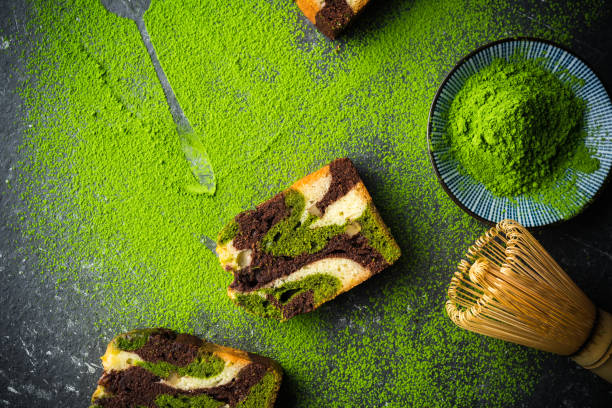Today, I’d like to talk to you about “Is Matcha Better Than Green Tea?”. Matcha, this vibrant green powdered tea, has enchanted tea lovers and health-conscious individuals around the globe. Originating from Japan, Matcha has deep cultural origins stretching back many years. This distinctive green tea has been traditionally utilized in Japanese tea ceremonies and represents more than just a beverage. It embodies mindfulness, harmony, and serenity. The tea ceremonies, known as “chanoyu,” illustrate the Zen principles of simplicity and respect, emphasizing the significance of being present in the moment. Matcha’s ceremonial use emphasizes its revered status, as it was previously reserved for the elite and Buddhist monks.
In recent times, Matcha has gained popularity not only for its cultural appeal but also for its purported health advantages. The global wellness trend has put Matcha in the spotlight, often acclaimed as a superfood. This green potion is said to be abundant in antioxidants, particularly catechins, known for their disease-fighting properties. Furthermore, Matcha is lauded for its capacity to improve focus and induce a state of calm alertness, owing to the unique combination of caffeine and the amino acid L-theanine. These qualities have brought Matcha into focus, prompting an interesting question: is Matcha genuinely better than other green tea?
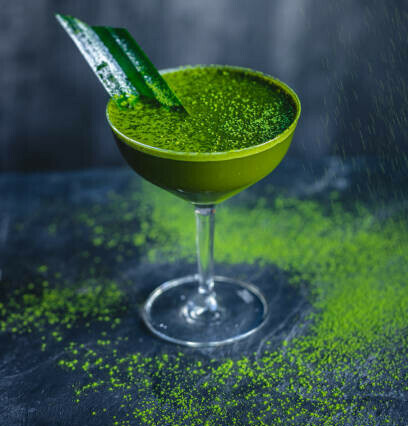
The Matcha versus traditional green tea debate is more relevant today than ever. With the increasing number of individuals looking for natural methods to enhance their well-being, choosing between these two green tea varieties has become a prominent topic of conversation. On one side, traditional green tea, prepared from loose leaves, offers a refreshing and milder flavor. On the other hand, Matcha, consumed as a whole leaf powder, delivers a more concentrated dose of nutrients. This comparison goes beyond taste preference; it delves into nutritional content, preparation methods, and overall health benefits.
In this piece, we aim to uncover the mystery of Matcha by exploring its historical context, cultural significance, and health benefits. We will compare these aspects with traditional green tea to provide a comprehensive understanding. By examining scientific studies, cultural practices, and personal experiences, we aim to address the question: Is Matcha superior to green tea? Through this exploration, we strive to offer insights to help you decide which tea best aligns with your lifestyle and health goals. Join us as we embark on a journey to uncover the secrets of Matcha and its place in the modern world.
Diving Deep into the Nutritional Profiles

Matcha and traditional green tea are packed with nutrients, but their nutrient compositions differ significantly. Matcha, produced by finely grinding whole green tea leaves, is often considered more potent because consuming Matcha means ingesting the entire leaf, unlike traditional green tea, where only the infused water is consumed. This leads to a more significant amount of beneficial nutrients and antioxidants.
An outstanding characteristic of Matcha is its remarkably high antioxidant content, vital for combatting oxidative stress and protecting the body from free radicals that can lead to chronic diseases. Matcha is notably rich in catechins, a type of antioxidant, with epigallocatechin gallate (EGCG) being the most prevalent and potent. Numerous studies have thoroughly investigated the health benefits of EGCG, which include enhancing metabolism, assisting in weight loss, and offering defense against specific types of cancer.
Comparing the nutritional content of Matcha and traditional green tea reveals that Matcha contains significantly higher levels of antioxidants. Indeed, some studies suggest that the concentration of EGCG in Matcha is up to 137 times greater than in traditional green tea. This high EGCG content gives Matcha exceptional health advantages, making it a top choice among health enthusiasts. Also, Matcha includes higher quantities of other essential nutrients like vitamins A and C, potassium, and iron, improving its health-promoting attributes.
The process of consuming the whole leaf in Matcha enhances its nutritional value. When drinking traditional green tea, many beneficial compounds remain in the leaves and are discarded after brewing. In contrast, Matcha preserves all the nutrients since the entire leaf is ingested. In each serving of Matcha, there is an increased presence of antioxidants, vitamins, and minerals, resulting in a heightened concentration of these beneficial compounds being received. The chlorophyll content, which gives Matcha its vibrant green color, also contributes to its detoxifying properties, supporting the body’s natural detoxification processes.
Matcha’s distinctive preparation and consumption technique significantly improves its nutritional composition, making it an excellent choice for individuals looking to obtain the utmost health advantages from their tea. Whether your goal is to elevate your antioxidant consumption, support weight management, or enjoy a nutrient-rich beverage, Matcha offers an impressive array of benefits that set it apart from traditional green tea.
Analyzing Health Benefits: Matcha vs. Green Tea

When assessing the health advantages of Matcha and conventional green tea, it’s crucial to comprehend how these two potent beverages stack up against each other. Both are known for their numerous health benefits, but their preparation and consumption methods significantly impact their effectiveness.
One of the remarkable components in both Matcha and green tea is L-theanine, an amino acid recognized for its exceptional cognitive advantages. L-theanine promotes relaxation while enhancing focus and concentration without causing drowsiness. This unique amino acid works harmoniously with caffeine, balancing its stimulating effects and preventing the often associated coffee jitters. With its higher concentration of L-Theanine, Matcha provides a more pronounced effect, promoting calm alertness that is ideal for mental tasks. This makes Matcha a superior option for individuals seeking improved cognitive function and stress relief.
Heart health is another area where both Matcha and green tea excel. Regularly consuming these teas is connected to a reduced risk of cardiovascular diseases. The high levels of antioxidants, mainly catechins like EGCG in Matcha, help decrease inflammation and prevent the oxidation of LDL cholesterol, a significant factor in the development of heart disease. Studies indicate that regular consumption of Matcha can enhance lipid profiles, lower blood pressure, and improve overall cardiovascular health. Traditional green tea also provides these benefits, but Matcha’s more concentrated form means that you get more substantial effects with each serving.
Weight management is a common health goal, and both Matcha and green tea can be valuable allies in this endeavor. The thermogenic properties of these teas boost metabolism, aiding in fat-burning and weight loss. Matcha’s higher EGCG content accelerates these processes, making it particularly effective for individuals looking to shed extra pounds. Additionally, Matcha’s fiber content, derived from consuming the whole leaf, aids in maintaining satiety and reducing overall calorie intake.
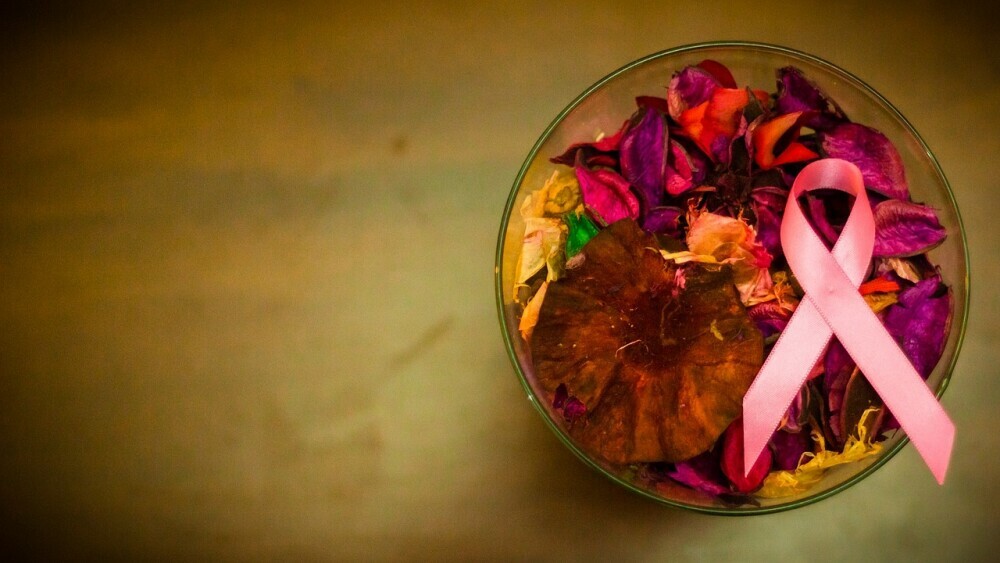
Cancer prevention is another substantial benefit associated with both Matcha and green tea. The antioxidants in these teas neutralize free radicals, reducing oxidative stress and lowering cancer risk. Matcha’s higher antioxidant levels make it particularly potent in this regard. Research suggests that the catechins in Matcha, especially EGCG, can hinder the growth of cancer cells and initiate apoptosis, the process of programmed cell death in cancerous cells.
The preparation methods of Matcha and green tea also impact their health benefits. Traditional green tea involves steeping the leaves, meaning some beneficial compounds remain in the leaves and are discarded. In contrast, Matcha’s powdered form means consuming the entire leaf, maximizing its nutrients and antioxidants intake. This method ensures you receive Matcha’s full range of health benefits.
In summary, while both Matcha and traditional green tea offer impressive health benefits, the unique aspects of Matcha, including its higher concentration of essential compounds and its preparation method, make it a compelling choice for individuals seeking maximum health benefits. Whether you’re looking to boost brain health, support your heart, manage your weight, or reduce cancer risk, incorporating Matcha into your routine can be a game-changer for your overall well-being.
Taste, Texture, and Experience: A Sensory Journey
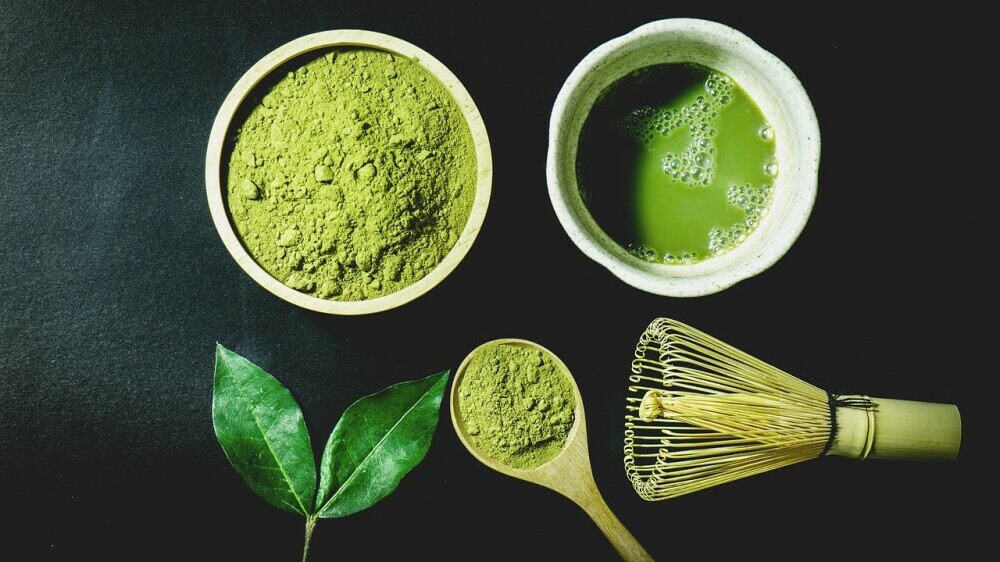
The world of tea presents diverse flavors, textures, and experiences catering to different personal preferences. For many people, tea drinking is more than just satisfying thirst; it’s a ritual, a tranquil moment, and an appreciation of beauty.
Matcha and traditional green tea are distinct among the various tea types, each offering a unique sensory experience that can transport you to a state of mindfulness and pleasure.
With its vivid green color and creamy texture, Matcha offers a robust, full-bodied, earthy, and slightly sweet flavor. When whisked into hot water, this powdered tea creates a rich, bubbly beverage that provides a smooth, velvety sensation to the palate. Drinking Matcha offers an experience similar to enjoying a fine espresso, where the preparation and consumption are infused with ritualistic significance. Matcha’s thick texture and umami-rich taste provide a satisfying and indulgent experience that can be invigorating and meditative.
In contrast, traditional green tea provides a lighter and more delicate experience. Brewing green tea leaves produces a clear, pale yellow liquid with a subtle aroma and a refreshing, crisp taste. The texture is smooth yet light, making it an ideal choice for those who prefer a more gentle and understated flavor profile.
To make the perfect cup of Matcha or green tea, you need to pay close attention to detail and deeply understand each method. Start sifting the fine powder to achieve a smooth texture when preparing Matcha. Begin using a bamboo whisk, also called a chasen, to vigorously mix the Matcha powder with hot water in a zigzag motion until a frothy layer forms on the surface. This process yields a wonderfully vibrant green tea with a velvety, luxurious texture that brings joy to the senses.
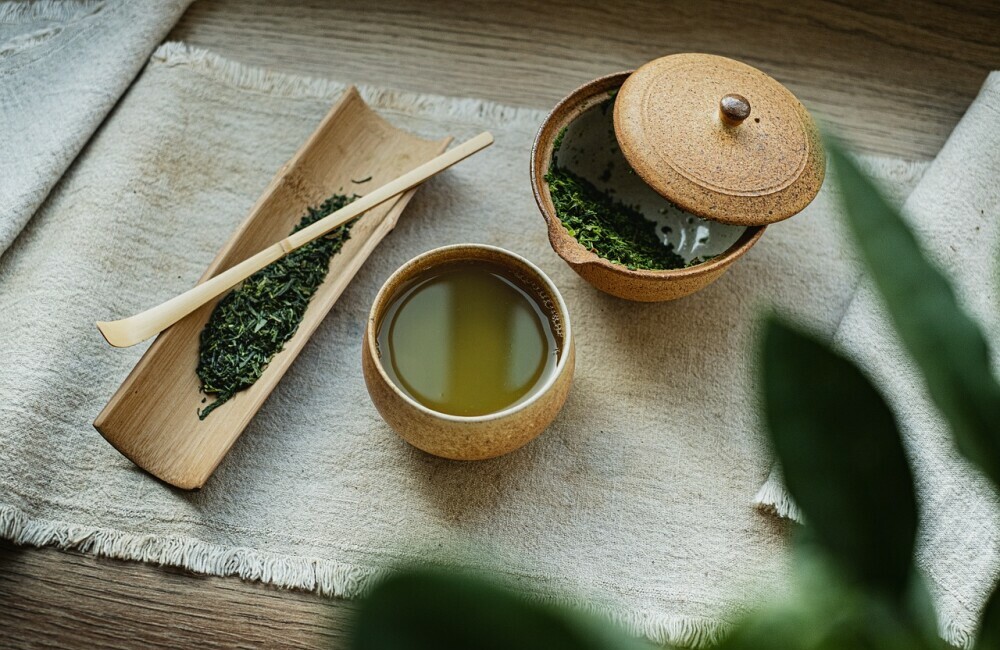
On the other hand, brewing green tea involves steeping loose leaves in hot water, typically between 160 and 180 degrees Fahrenheit, to preserve its delicate flavors. The steeping time varies depending on the type of green tea but generally ranges from one to three minutes. This method results in a light, aromatic brew that highlights the subtle, refreshing qualities of the tea leaves.
Both Matcha and green tea preparation rituals are steeped in tradition and require a mindful approach to achieve the perfect cup. The ceremonial aspect of Matcha preparation, with its precise movements and attention to detail, adds depth to the sensory experience, transforming tea drinking into a meditative practice. In contrast, the straightforward brewing of green tea offers a simpler yet equally rewarding ritual, allowing for moments of quiet reflection and enjoyment.
Ultimately, the choice between Matcha and traditional green tea comes from personal preference and the desired sensory experience. Whether you seek the rich, creamy embrace of Matcha or the light, refreshing clarity of green tea, both provide a unique and delightful journey for the senses, celebrating the beauty and complexity of this ancient beverage.
Making an Informed Choice: What Should You Sip On?

As we have explored the realms of Matcha and traditional green tea, it’s clear that each has distinct advantages. Matcha stands out due to its strong cultural heritage, vivid green color, and creamy texture. Its high levels of antioxidants, particularly EGCG, in combination with the calming effects of L-Theanine, provide a potent mix of health benefits. On the other hand, traditional green tea offers a more delicate, light experience, abundant in antioxidants, and perfect for a soothing daily routine.
Whether Matcha surpasses traditional green tea, we now understand that the answer is complex. With its concentrated nutrients and bold flavor, Matcha appeals to those seeking maximum health benefits and an immersive, meditative tea-drinking experience. Conversely, traditional green tea’s subtle taste and easy preparation make it ideal for those who prefer a lighter, refreshing beverage with significant health advantages.
Choosing between Matcha and traditional green tea ultimately relies on individual health objectives, taste preferences, and desired experience. If you prioritize a substantial health boost, Matcha’s rich antioxidant profile and calming properties might be the best option. However, traditional green tea could be your ideal choice if you prefer a gentle, readily available tea that provides relaxation and a mild taste.
Matcha and traditional green tea embody the diverse richness and heritage of tea culture, offering unique advantages and experiences. Whether you select Matcha’s vibrant intensity or conventional green tea’s comforting simplicity, both enhance your wellness journey. Embrace the variety and let tea become a treasured part of your daily routine, offering both health benefits and a moment of tranquility in your busy day. Appreciate the diversity and relish the holistic experience that these time-honored beverages provide.
Thank you for reading my article about “Is Matcha Better Than Green Tea?” and I would love to receive your comments down below, in case of any.

